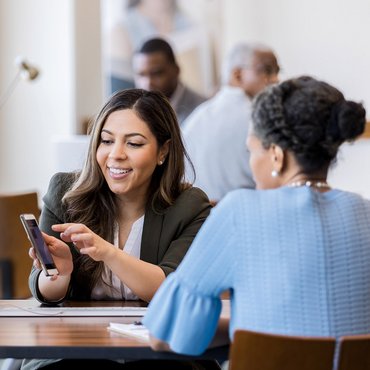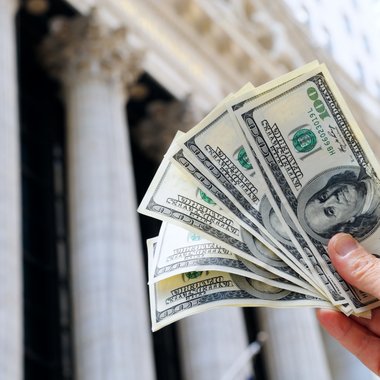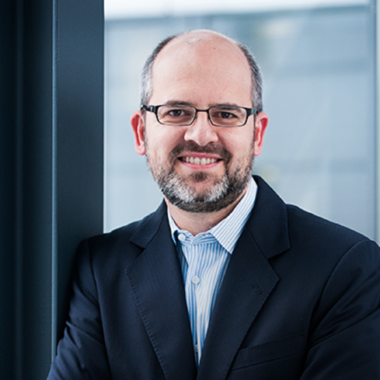Are women more financially excluded than men?
Mar 08, 2021Financial inclusion is a priority around the globe, but in many regions the divide between the percentage of men and women that are financially excluded is growing. So what can be done to close the gap?

Financial inclusion has occupied the headlines for years. Its importance cannot be understated, so much so that it is contained in at least three out of 17 Sustainable Development Goals the United Nations defined in 2015 to improve wellbeing of humanity by 2030.
But, while gains have been made globally to achieve financial inclusion, progress has not been equal for all demographics. International Women’s Day is a good moment to ask the question what financial inclusion means for women. Why should it be a crucial topic for business, and how can eCash contribute to improving the current situation?
The impact of COVID-19
In addition to older people, people with disabilities, children and migrants, women are one of the most vulnerable groups who have been impacted more severely by COVID-19. According to analysis published in 2020 by UN Women, the global pandemic has put 47 million women into poverty, and it is estimated that in 2021 there will be 435 million women living on less than $1.90 (ca. €1.60) a day.
Simply being employed is not necessarily the solution either, as many women are more likely to work in the informal economy and earn less than men. We know that the development of the gig economy, as discussed recently, has meant that preserving a stable financial status through this type of employment is becoming increasingly difficult. Growing insecurity of work, lack of insurance, and lack of regular income from gig economy work are just a few reasons why a serious debate about financial inclusion of women is now more important than ever.
Looking beyond employment
But financial inclusion is not just a matter of having finances to spend. The issues are more complex and require the close collaboration of many bodies, starting with governments.
For example, 55% of 1.7 billion unbanked population are women. There are many reasons why they do not have a bank account, but one is the lack of a valid ID. Without any documentation confirming their identity, they are not able to open a bank account – neither a traditional nor a digital one.
The constantly progressing digitisation of financial services is of little use if women do not possess a smartphone either. As The Mobile Gender Gap Report 2020 reveals, there is a gap of 8% between women and men when it comes to owning a smartphone in the low- and middle-income countries and a 20% gap when it comes to use of the internet.
This fact should be a warning to all challenger banks who build their business strategy purely on a reliance that people have, use, and make transactions with their smartphones, which we addressed here.
This becomes even more important when considering that women seem to prefer new forms of banking instead of well-established and often male customer-oriented traditional concepts. And there is much to win. In the 2020 Oliver Wyman Report on Women in Financial Services it states that “financial services firms are missing at least $700 billion [ca. €581.1 billion] revenue opportunity each year by not fully meeting the needs of women customers.”
Gaining access
And yet to become customers, many women first need to gain access to those financial services. To give them the already mentioned ID or another method of identification would contribute to a faster inclusion. Since this must be done by public institutions, from which in many countries women receive regular payments in cash, this process should be prioritised by governments. Only then will women have an opportunity to open a bank account and deposit their money in a safe way without being exposed to becoming a victim of crime.
Digitisation of cash plays a crucial role in increasing the financial security of women and boosting their financial awareness and literacy.
eCash deposit and payment methods, such as Paysafecash, can be a crucial first step in accelerating the process and reducing financial inequalities between men and women. Thanks to the fact that implementation of eCash into the payment system is secure and compliant with all required financial restrictions, organisations and companies offering financial services can rely on it and concentrate on the real needs of their target groups – in this case especially women.
For female customers, whose budget is often cash-based, eCash solutions could mean a quicker inclusion into the online financial ecosystem and an opportunity to learn how to manage their money digitally in a more secure way. Thanks to this they also would benefit from advantages of eCommerce, which has been booming during COVID-19.
Looking ahead
The financial inclusion of women is certainly a very complicated issue which needs to be approached multidimensionally and with awareness of its long-term global importance for social, business, and financial development. Fintech companies cannot afford to ignore the question anymore if they want to grow in a steady and sustainable way. And they should think about it not only on International Women’s Day.



